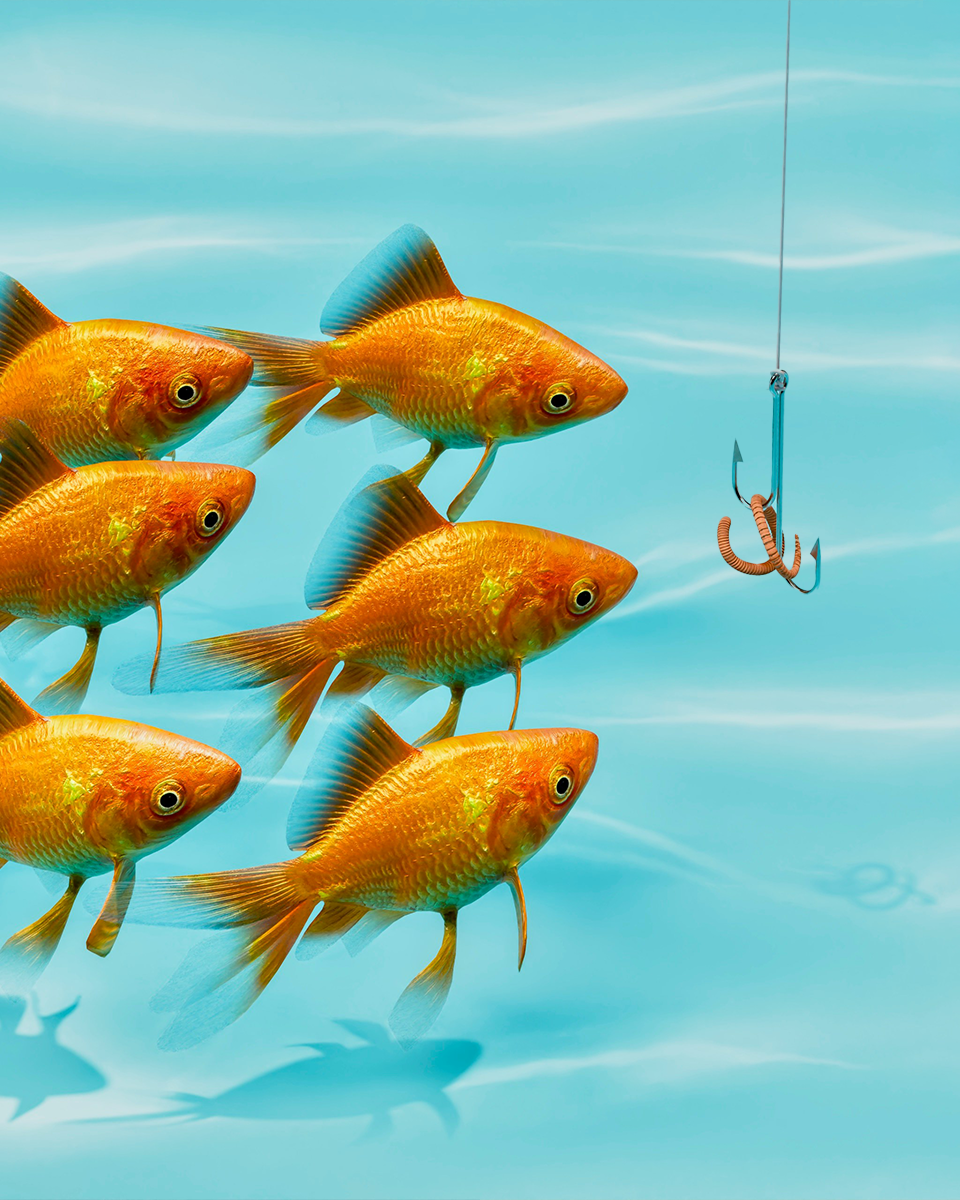October 1, 2025
Why Big Brands Should Be Scared of Small Startups
August 1, 2025

For decades, big brands dominated by default. They had the budgets, the reach, the agency retainers, and the shelf space. But in today’s digital-first world, the playing field has changed, and startups are rewriting the rules.
Today, a small team with a clear message, a good product, and a smartphone can build a cult following faster than a Fortune 500 can schedule a stakeholder meeting.
Here’s the truth: Big brands should be scared because small startups are hungry, agile, and building community while the giants are still building consensus.
Speed Beats Size
Startups don’t need six rounds of internal review. They don’t have legal slowing down every Instagram caption. When something’s trending, they can react in real-time and that responsiveness translates to relevance.
Take Chamberlain Coffee, founded by YouTuber Emma Chamberlain. It built a loyal customer base through aesthetic branding, influencer-style content, and quick digital pivots, something legacy coffee giants like Starbucks can’t replicate without months of planning.
Startups Know Their Story and Stick to It
Big brands often try to be everything to everyone. Startups, on the other hand, are usually crystal clear on who they’re for and why they exist. They have a strategy from the jump and they align their positioning accordingly.
Brands like Graza (an olive oil brand) went viral for turning a pantry staple into something people proudly display on their counter. Their tone is playful, their visuals are bold, and their message is simple.
Meanwhile, legacy brands like Bertolli or Pompeian have struggled to evolve their voice or visual identity, despite having decades of market presence.
Community Is the New Distribution
Startups don’t need a million-dollar media buy. They build community on Instagram, in DMs, through user-generated content, and with scrappy partnerships that give them the most bang for their buck. Their teams are scrappy and own the market in particular niches that translate into significant growth.
Liquid Death, for example, turned canned water into a punk rock movement, using shock value, smart storytelling, and relentless consistency to build a cult following. They didn’t launch in Whole Foods; they launched on stage with touring bands. Now they’re in stores nationwide and making beverage giants nervous.
On the flip side, Pepsi’s attempts to “get cool” with Gen Z often fall flat as it can be too filtered, too corporate, too late.
The Big Brand Dilemma
Of course, big brands have advantages. They’ve got scale, flashy funds, and legacy. But those same things can be liabilities in a world that moves fast and favors fresh thinking.
Big brands often play it safe, but in a culture that rewards boldness, playing it safe looks a lot like playing to lose.
Startups aren’t afraid to take risks, speak up, or break the mold. And while not every move is perfect, the momentum they build is hard to ignore.
The Takeaway
This isn’t about glorifying small brands or dismissing big ones. It’s about acknowledging the shift. The brands winning in 2025 are the ones that act like startups. They’re fast, focused, connected, and unafraid to show who they really are.
Because in today’s market, it’s not the size of your marketing budget, it’s the strength of your message.










